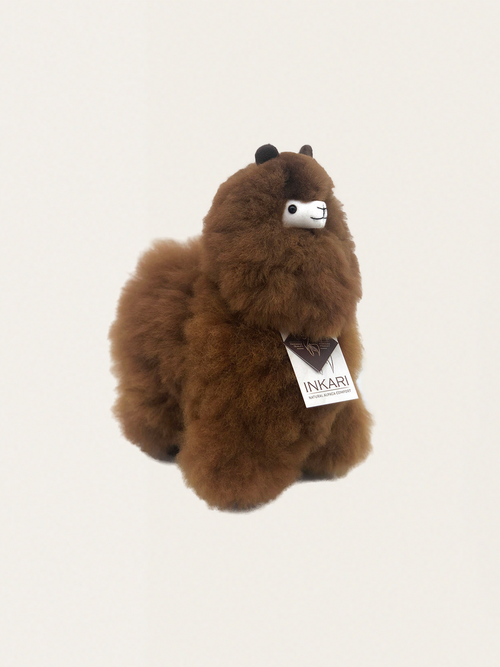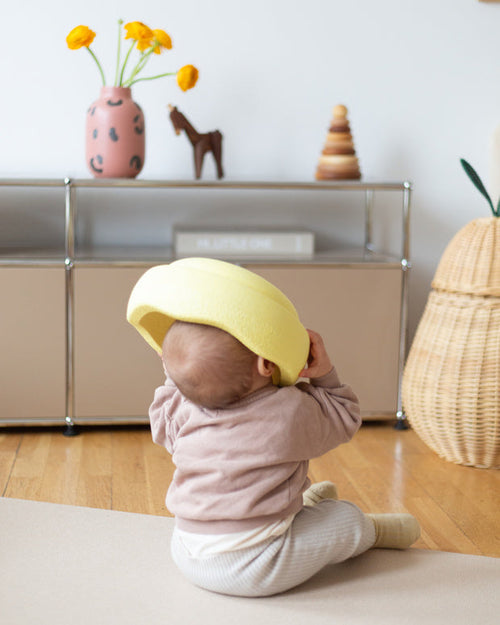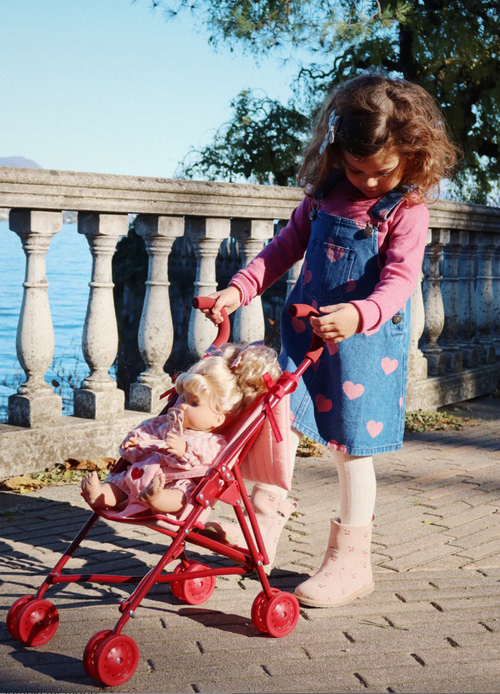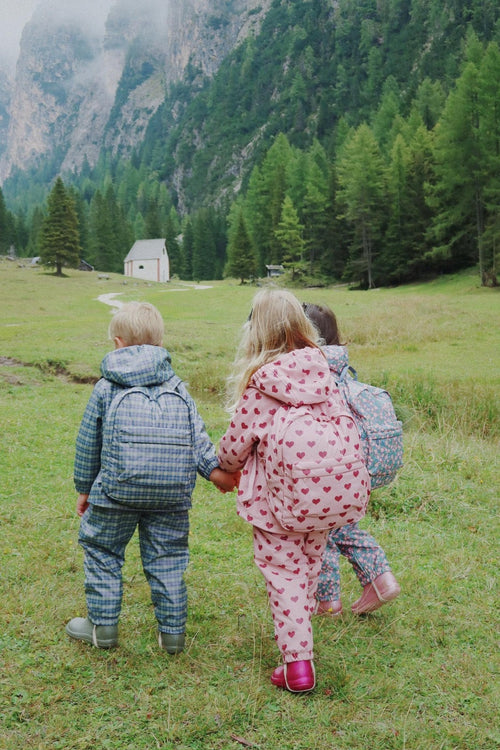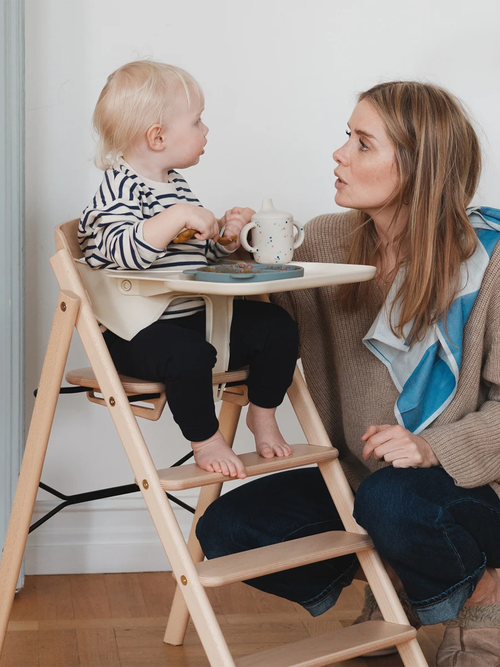Flying with a baby is a serious challenge for many parents. Just think about the long check-in process, the crowds at the airport, the sudden changes pressure and the potential crying of the baby to feel anxious. However, appropriate Preparation can make your first flight much less stressful and even enjoyable for the whole family. In this post, we present the most important information and practical tips to help you prepare for your flight with baby.
Planning a Flight with a Baby – Where to Start?
The first step is choosing the right flight. Depending on your destination, it's worth consider different departure times. Sometimes it's best to choose a flight at baby's sleep - night flights may be less stressful because the baby will be simply sleeps through most of the journey. It's also worth avoiding the most popular flight hours, when airports are most crowded.
Before booking your ticket, please check the airline's policy regarding travel with infants. Some airlines offer special amenities such as cribs mounted to the walls of the aircraft, possibility of priority boarding, or additional baggage for infants. These airlines may also have special areas on a plane with more legroom, which can be helpful when you're traveling with a toddler.
What to Take on Board - Don't Leave Anything to the Last Minute
Preparing for a flight with an infant requires careful planning, which to take on board with you. Here are a few things to have on hand:
- Diapers and changing accessories – Diapers, wet wipes, diaper rash cream and a changing mat are an absolute must base.
- A change of clothes – It is worth taking something for a baby at least two sets to change into, as well as extra clothes for yourself – for case of unexpected contamination.
- Food and drink – If your baby is breastfed, the flight may be a little easier. However, if you are using formula milk, Remember to bring enough formula and bottles. They'll come in handy. also snacks for older babies.
- Favorite Toy – A familiar toy or blanket can help calming the toddler down, especially in new, stressful conditions.
- Handy first aid kit – It is worth packing a handy first aid kit antipyretics, teething ointment and plasters.
In addition to the above, it is worth taking an additional blanket with you, which can be used as a cover, but also as an additional protective layer in case of change temperature. Packing a few small toys can help keep your child occupied toddler during longer flight segments.
Airport Travel – Tips to Help You Get Through Security Security
The airport can be a place where stress is at its highest. It is worth remembering a few key issues that will make it easier to get through control:
- Reserve more time – Traveling with a baby means that Everything takes longer. Arrive at the airport early to have time to relax. going through all the procedures.
- Choose the right stroller – A foldable stroller is most often take it all the way to the boarding gate. This is a very convenient solution, especially at large airports. Our store offers a wide selection of strollers. perfect for traveling.
- Prepare all necessary documents – Remember to have an ID document for the child. The infant must have his or her own passport. or ID card, depending on the destination country.
- Changing fluids – Most airports allow the transport milk, juices or other liquids for babies, but it is worth being prepared for additional checks when transporting such items. Make sure you have everything properly packed to avoid unnecessary stress.
Flying with a Baby – How to Deal with Blocked Ears?
Pressure changes during takeoff and landing can be particularly challenging for babies, because their ears are very sensitive. A good method is to feed baby (breast or bottle) during takeoff and landing. Sucking helps equalizing the pressure in the ears, which can significantly reduce discomfort.
An older baby can be encouraged to drink water from a cup or suck on a pacifier. The movement of the jaw helps equalize the pressure in the middle ear, which prevents pain. It is worth remembering that a calm parent means a calm child, so it is worth keeping stay calm and try to distract the toddler from unpleasant sensations.
If your child tends to have frequent ear problems or has infection, it is a good idea to consult a doctor before traveling. A pediatrician can suggest the use of medications that reduce inflammation, which may help minimize pain when pressure changes.
Comfort on Board – What's Worth Remembering?
When flying with an infant, your little one's comfort is paramount. make sure your child is wearing comfortable clothes – it is worth dressing your little one in layers so that he or she can easily adjust his outfit to the temperature on board. Sometimes it is very cold and sometimes surprisingly warm - layered clothes will make it easier adaptation to changing conditions.
Infant seat belts are usually provided by the cabin crew and attached to the parent's seat belt. Some airlines they also offer special cradles (bassinet) for the youngest passengers, especially on long journeys. It is worth booking such a cradle in advance to provide your child with a comfortable sleeping space.
How to Keep a Baby Engaged During a Flight?
Flights can be boring for babies, so it's worth preparing a few ways to occupying his attention. A favorite toy , a colorful book, or Easy-to-chew teethers are an absolute must. An older baby can be occupied simple games, e.g. using blankets or singing favorite songs.
It's also a good idea to show your child the views outside the window. A plane flight can be a fascinating experience, and observing clouds or views from above can distract him and make time pass faster.
A good way to keep a baby occupied is to use various easy-to-use activities. transportable sensory toys. A child interested in new stimuli sensory can play with a simple toy for a longer time, which will allow parents to relax. Toys that have different textures or make sounds can prove to be a great way to attract your toddler's attention.
Flight with a Baby – What to Do When Your Baby Cries?
A baby's crying is a natural reaction, especially when surrounded by new stimuli, fatigue, or discomfort. The key is to stay calm. Sometimes changing position, hugging or gently rocking can help calm down child.
Don't hesitate to ask the flight attendants for help - the flight attendants are often highly trained and can suggest additional ways to calm down baby. It is also worth remembering that crying in a baby is not unusual on board the plane – every passenger understands that the toddler may be stressed or just tired.
If the crying seems uncontrollable, try massaging the baby's back, which can help him relax. Children sometimes experience stomach aches. caused by fatigue and change of environment, therefore gentle massaging of the abdomen circular movements may prove effective.
Baby's Safety and Health While Traveling
Your child's safety is a priority, so it's worth remembering a few things: important health issues. First of all, seek advice before departure pediatrician – especially if your little one has any health problems. Remember to take a first aid kit with you that contains antipyretic drugs, teething ointment and other necessary first aid supplies.
During the flight, make sure your child is well hydrated, especially if the journey is is long. The air on a plane can be dry, so breastfeeding or Giving water can help prevent dehydration. If your child has trouble with ears due to pressure changes, you can try a gentle massage behind the ears or offer to suck a pacifier.
It is also worth remembering about hygiene - frequently wiping the baby's hands antibacterial wipes will help minimize the risk of infection, especially at the airport and on the plane, where there is a lot of contact with touch surfaces by other passengers.
What After Landing?
After landing, it's important to give your child time to adjust. Flight and transition surroundings can be tiring, so it's worth planning a quiet first day place, without too intense a schedule. Make sure that all the things which may be needed for changing and feeding, are easily accessible after leaving the plane.
After a long journey, it is worth taking a short walk so that your child can breathe a sigh of relief. fresh air. It's a good way to reduce fatigue after the flight and adapting to a new place. If possible, try to rest in a quiet environment, away from noise and bustle, to allow the child getting used to new conditions.
Summary
Flying with a baby can be a challenge, but with proper preparation and positive attitude will help make it less stressful. Remember to think carefully packing hand luggage, proper preparation for take-off and landing and about creating the most comfortable conditions for the baby board. Our store offers a wide range of accessories that can make it easier travel, such as travel strollers, comfortable baby carriers and much more.
We hope these tips will make your first flight with a baby a breeze. It will be a fun experience for the whole family! We encourage you to check it out! with our offer to equip yourself with the most necessary accessories for your trip.

